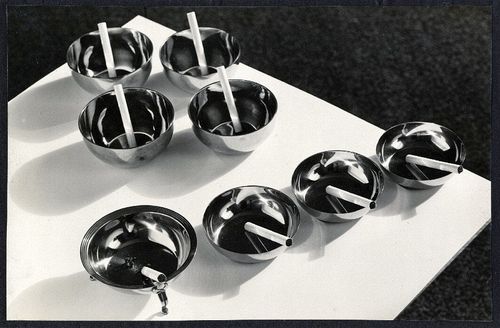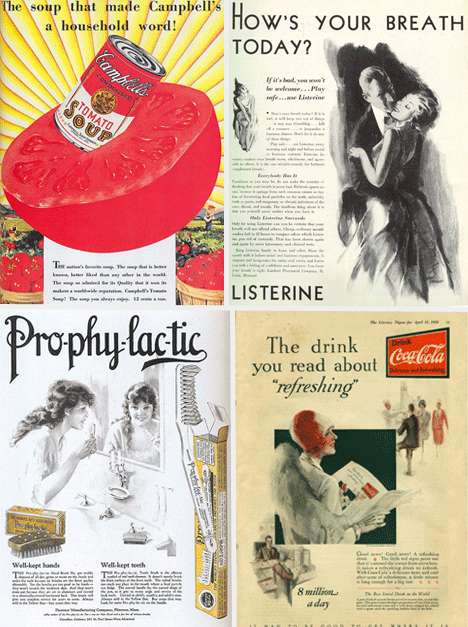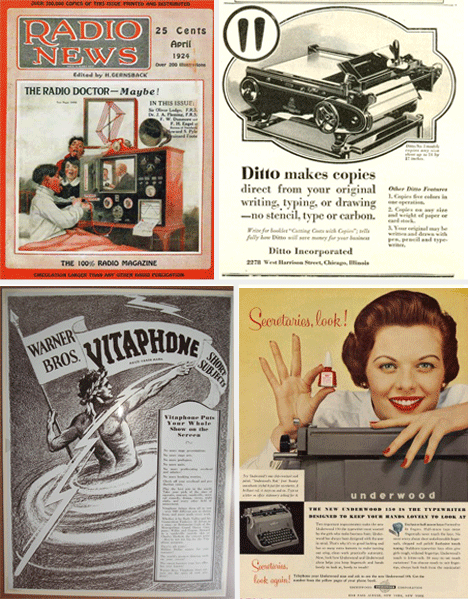OVERVIEW
Post World War One led to the emergence of modern marketing techniques; television, newspaper advertising, magazines and artistic posters, among others. This meant that advertising was now more powerful and viable than it had ever previously been, and impacted people to an extent that had never previously been achieved.
As the technology of printing progressed and became a more viable option, photography as a form of advertising soon began to greatly expand and develop. This led very much to a new genre of photography known as ‘commercial photography’. Through this genre many photographers saw a viable market in working for cooperate companies, selling their images to companies looking for attractive and striking images to appear in various advertising formats.
CHANGING IDEAS AND ITS IMPACT ON ART
Post WWI Europe was very much based on people trying to progress and move on from the trauma of war.
President Woodrow Wilson spoke highly of ‘self-determination’ for all nations, the right of small ethic groups and cultures to establish and form their own nations, after the break-up of the Empire who ruled over these territories. In the 1920s, whilst some nations had already fallen under the vail of totalitarian rule, such as Russia and Italy, the majority of people Europe seeked to enjoy new and attractive principles of democracy and individual freedom, a prime example being Germany.
These new ideals greatly effected the progression and development of art, with artists embracing this time of enlightenment to celebrate new artistic ideas and challenge the old. This was subsequently a turbulent period of history, with tradition and modernity coming face to face. During such a time, photography through the development of the film camera which started to emerge in the late-1920s, proved to be an effective and affordable means of photographers across Europe spread a variety of ideas and lifestyles. This was very much made possible because of the role the media played in advertising and publishing.
THE RISE OF ADVERTISING IN THE “MACHINE AGE”
One of most powerful and effective art forms in the last 100 years is arguably, the art of marketing/advertising. The general basis of an advertisement is to put forward an argument to a consumer in a manner which is persuasive enough to attract the consumer into investing in the product being sold.
In the early 20th Century, sales techniques relied on powerful writings distributed in posters, leaflets and newspapers, accompanied maybe by the occasional drawing. The main drawback to this method is that it takes an extremely power and sustained argument to captivate the readers attention, and the reader is not necessarily attracted straight-away to what is presented to them.
However the 1920s saw the development of more visual methods of advertisement being introduced; such as, canvas paintings, photo-prints and the enhancement of posters – larger and more visually inclusive in their design. This style of advertising can be considered more attractive to viewers because it is more striking and attractive to the viewer as it creates a quicker and more immediate impression. This enhancement, development and sophistication of presentation coincided with the arrival of the “machine- age”, which revolutionized production and sales methods, going from small batches of production to suddenly a wave of mass-marketing and publications through the invention of printers and machine presses.
This new commercial trend, ‘mass-production’ would bring about a huge increase in consumption. This led greatly to the enchancement of corporate adveritising, nowqdays a multi-billion pound business. It is very true to say that photograpphy played a significant part in this rise, both through its rich and attractive visual quality combined with its ease for mass production.
EXAMPLES OF PHOTOGRAPHY IN 1920s ADVERTISING

by Edward Steichen, 1927

by Florence Henri, 1929



Bright visual poster from the 1920s
